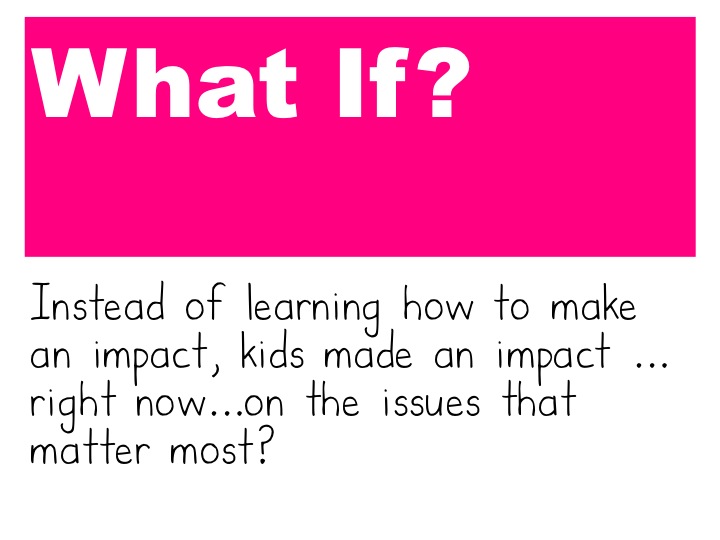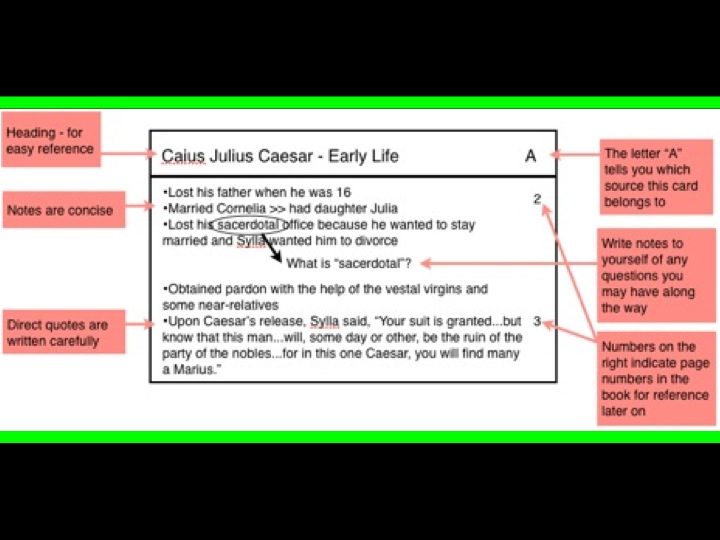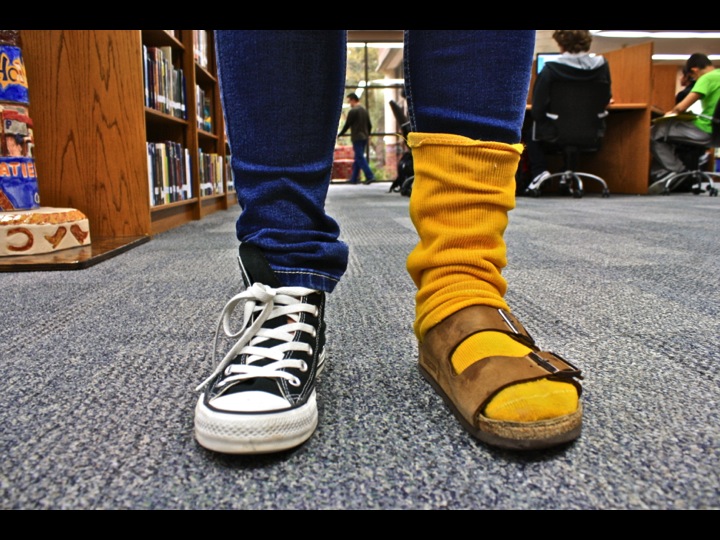In his book Out of Our Minds, Sir Ken Robinson challenges readers to “shift…from fixing what we have towards creating the public education system we need.”
So we decided to take on the challenge. What might a school look like that was created from scratch, based on what we need?
Let’s start with the story of a student. We’ll call him Joseph. Joseph was a good student – straight B’s, but he didn’t really find school that interesting. In fact, what he really loved doing was going home at night and teaching himself how to code by watching YouTube videos.
Meanwhile at school Joseph was learning to research using 3×5 cards.
At school Joseph was learning something that, though well intentioned, (I taught students that my first year!) was obsolete. Meanwhile at home, on his own time, in a totally self-directed way he was following his passion and learning a truly valuable skill set.
It seemed like a mismatch. Why couldn’t school be the place where he followed his passion and learned these valuable skills?
It might have to do with another mismatch.
Schools are change resistant. Maybe that’s why our schools are stuck using a model that was created to serve an industrial economy even after our economy has shifted not once, but twice. We shifted from industrial to knowledge economy and now from a knowledge economy to an innovation economy where it matter less what you know and more what you can do with what you know.
And there’s one more mismatch that worries us.
Our world is facing incredibly pressing problems – here’s just a few:
- Over 70% of the world’s fisheries are chronically overfished.
- Many diseases (including many cancers) have become far more prevalent due to toxins in everyday products like food and children’s toys.
- From 1980 to 2000 the bottom quartile of the world’s people saw their share of global income fall from 2.5% to 1.2%.
- Approximately 500 million chronically underemployed people currently live in squatter camps and slums and it increases by 50 million each year.
But our young people aren’t working to solve those problems in school. Instead they are spending this valuable time and energy trying to solve problems we make up.
So what if we reimagined school to address those mismatches. What would that school look like?
 What would like that look like?
What would like that look like?
We have some ideas 🙂 More to come!






